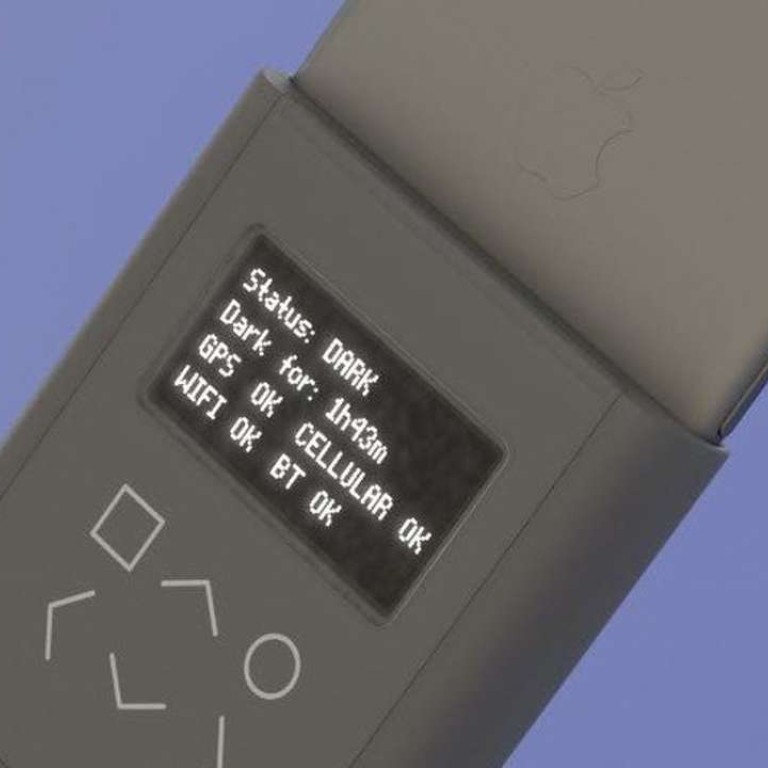
Edward Snowden designs phone case to show when data is being monitored
Edward Snowden has helped design a mobile phone case called the “introspection engine” that, he claims, will show when a smartphone is transmitting information that could be monitored.
Presenting via video link to event at the MIT Media Lab in Cambridge, Massachusetts, Snowden and co-designer Andrew “Bunnie” Huang showed how the device connects to a phone’s different radio transmitters, showing its owner knows when a cellular, WiFi or Bluetooth connection is being used to share or receive data.
Initial mockups of the introspection engine show a small, monochromatic display built into its casing shows whether the phone is “dark”, or whether it is transmitting, and it also can supply an iPhone with extra battery power and cover the rear-facing camera.
It could be developed to act as a sort of “kill switch” that would disconnect a phone’s power supply when it detects that a radio is transmitting data after its owner has attempted to turn it off.

“If you have a phone in your pocket that’s turned on, a long-lived record of your movements has been created,” Snowden said. “As a result of the way the cell network functions your device is constantly shouting into the air by means of radio signals a unique identity that validates you to the phone company. And this unique identity is not only saved by that phone company, but it can also be observed as it travels over the air by independent, even more dangerous third parties.”
Most smartphones disable Wi-Fi, Bluetooth and cellular transmission when in “airplane mode,” but Snowden and Huang say that can’t be trusted.
“Malware packages, peddled by hackers at a price accessible by private individuals, can activate radios without any indication from the user interface,” they write in their paper on the device. “Trusting a phone that has been hacked to go into airplane mode is like trusting a drunk person to judge if they are sober enough to drive.”
The project is an extension of Snowden’s work to inform the public about the surveillance capabilities available to governments around the world. In June 2013 he revealed information about mass surveillance programmes from the National Security Agency, where he was a contractor.
Snowden and Huang say there’s no guarantee the device will ever be more than a mockup. “Over the coming year, we hope to prototype and verify the introspection engine’s abilities,” they write. “As the project is run largely through volunteer efforts on a shoestring budget, it will proceed at a pace reflecting the practical limitations of donated time.” If they do receive the proper funding, they could release the device in partnership with the Freedom of the Press Foundation media advocacy group.
Snowden said the introspection engine was designed to help protect journalists. “One good journalist in the right place at the right time can change history. One good journalist can move the needle in the context of an election. One well-placed journalist can influence the outcome of a war,” he said.

